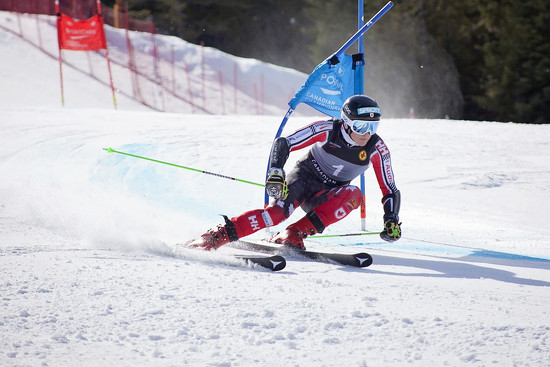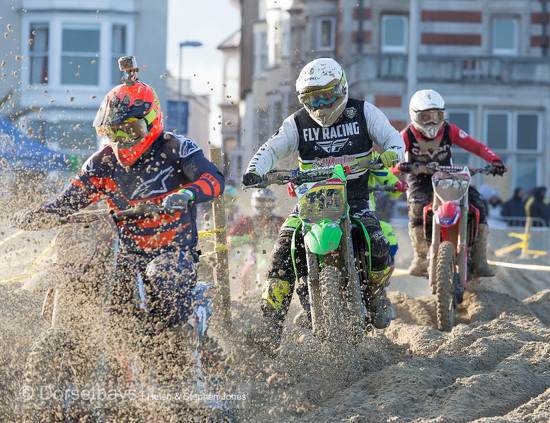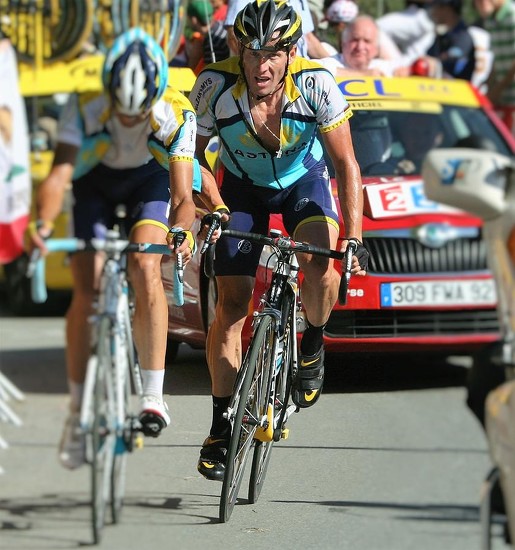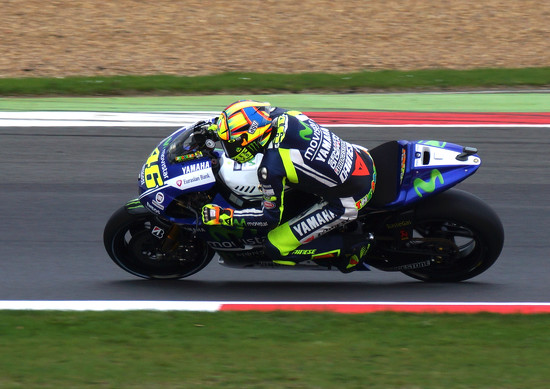Inspired by imminent Olympic activities, we thought that we would share a few hints and tips for capturing action at sporting events.
Timing
When it comes to sports photography, timing is everything – so keep your eye on the action constantly. You are looking for moments of pure emotion and adrenaline fuelled movement. From joy, despair, celebration and lament to seemingly impossible stretches, turns, leaps and falls - it is the physical achievements and passion behind it that you should be capturing in your photographs; and you won’t get any of that if you aren’t paying close attention!
Shutter speed
To get a clear, crisp image – a slice of action frozen in time –go for the highest shutter speed possible, 1/1000 will get a good shot. You will of course need to make sure that the light levels are adequate. Indoor sports events will be a little trickier, as flash photography is usually banned and often the subject is too far away even if you are allowed to use a flash. Instead, open up your aperture to let in more light and crank up your ISO as far as you dare.
If you want to capture the movement of the sport, then you can take some shots with a slower shutter speed. 1/40 will capture some great motion blur.
Depth of Field
For dramatic shots, keep the aperture wide open – this will isolate the subject of your photograph from the background. The further away the subject is from the background, the more dramatic the effect will be.
If you wanted to capture everything that is going on in a game, match or race, and you are sure it won’t distract from the subject, increase the focal length. Be warned though that reducing the aperture size may mean that you will have to compensate with a slower shutter speed or higher ISO.
Lens
To get really good sporting shots from anywhere in a stadium, you will need to invest in a fast telephoto zoom lens. If budget allows go for 300mm or 400mm with an f/stop of f/2.8 or f/4. These are usually big and heavy, so you might want to choose a lens with a built-in tripod mount.
These are just a few tips to take in to consideration with your sports photography. If you have any great action shots you'd like to share, please post them in the comments below.
**Photos updated December 29 2018**





Know your sport. You don’t have to be an expert, but knowing what is going on and what to expect will help you plan your selection for you shots.
Be ahead of the game, especially if it is a fast sport. Set up for the kick / tackle /pass before the action takes place – it you wait for the hit before you think about pressing the shutter button – you’ve already missed the shot! Shoot in continuous mode – my camera takes between 2 and 3 frames per second, but more advance cameras will take up to 8 – 10 frames per second.
Keep both eyes open. This takes some practice, but you can frame your shot a few seconds in advance keeping the potential picture in the frame while at the same time keeping an eye on where the action is currently taking place, just in case things take off in the opposite direction. I often think that when I shoot a match, that I see a different game to the regular spectator because I am ‘looking’ up to 5 second ahead of the play.
If you are shooting a race (bikes, cycling, cars, rallying, dogs, horses) try to position yourself on the exit of a corner. This makes it easier to frame your subject in advance and set up the shot ready for the action. You can also get sharper pictures (because things are moving slower for the corner) – long straights are fast and exciting, but are difficult to get consistently sharp and clear images, especially if you are new to the subject or if you are using older equipment. Besides, some of the best angles and incidents occur on sharp bends and corners. If you want to add motion blur, you have the control to either pick a slower shutter speed, or pan, or both.
Consider the angle of the shot - low down to the ground is good for many sports, but you can get some interesting pictures from a higher vantage point.
Lighting can be an issue. If you have the time and freedom to pick your spot to shoot from, think about where the sun is going to be during the session and consider if floodlights are going to be used later. On sunny days, the light in a stadium can be as much as four stops difference between the brightest sunlit and darkest shaded areas – just something else to consider.
This is not an exhaustive or ‘must do’ list – far from it, just some simple tips from 10 or so years of experience of taking sports pictures. I will never make money from doing what I do, but I do get hours of enjoyment! Have fun.